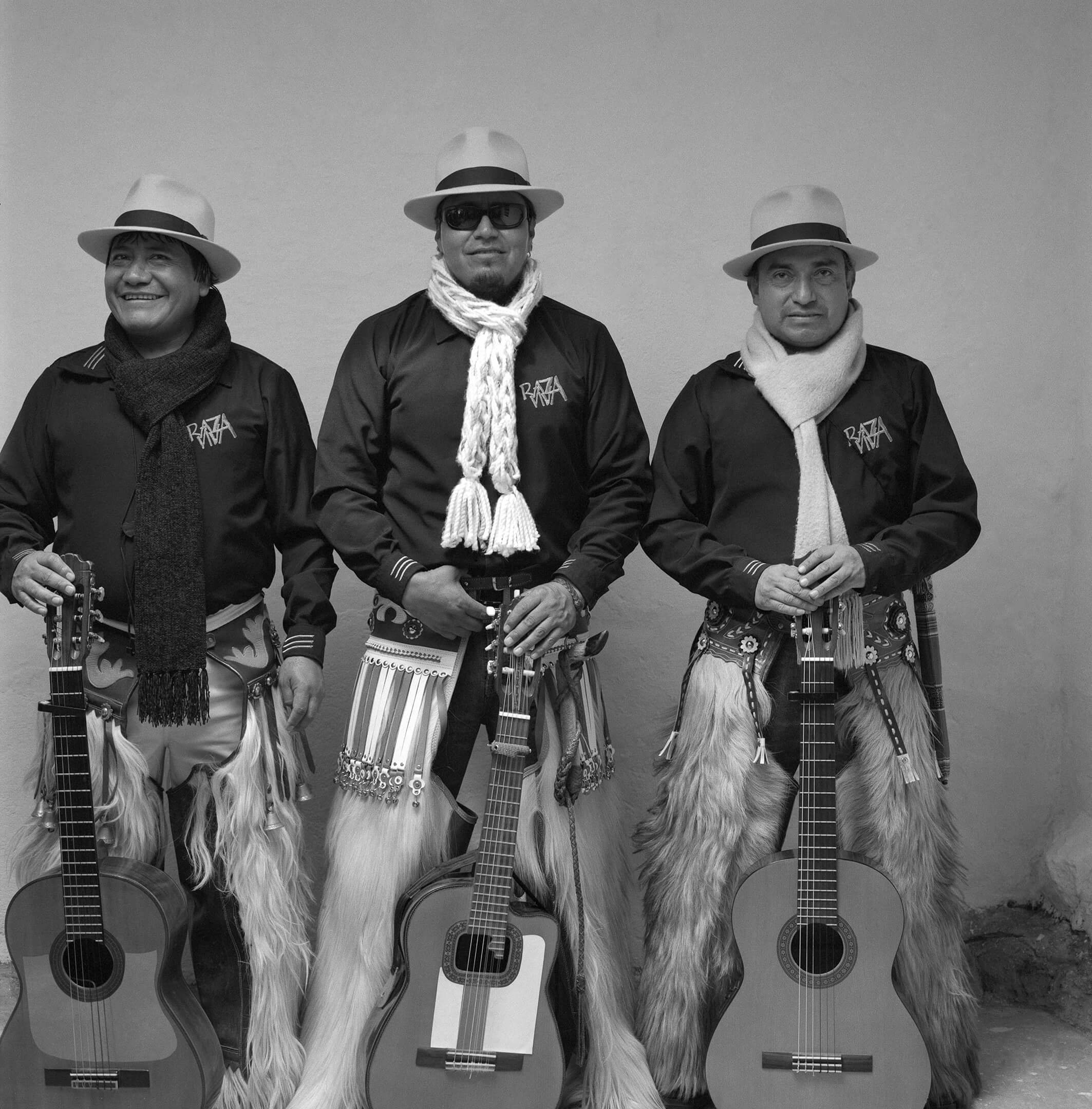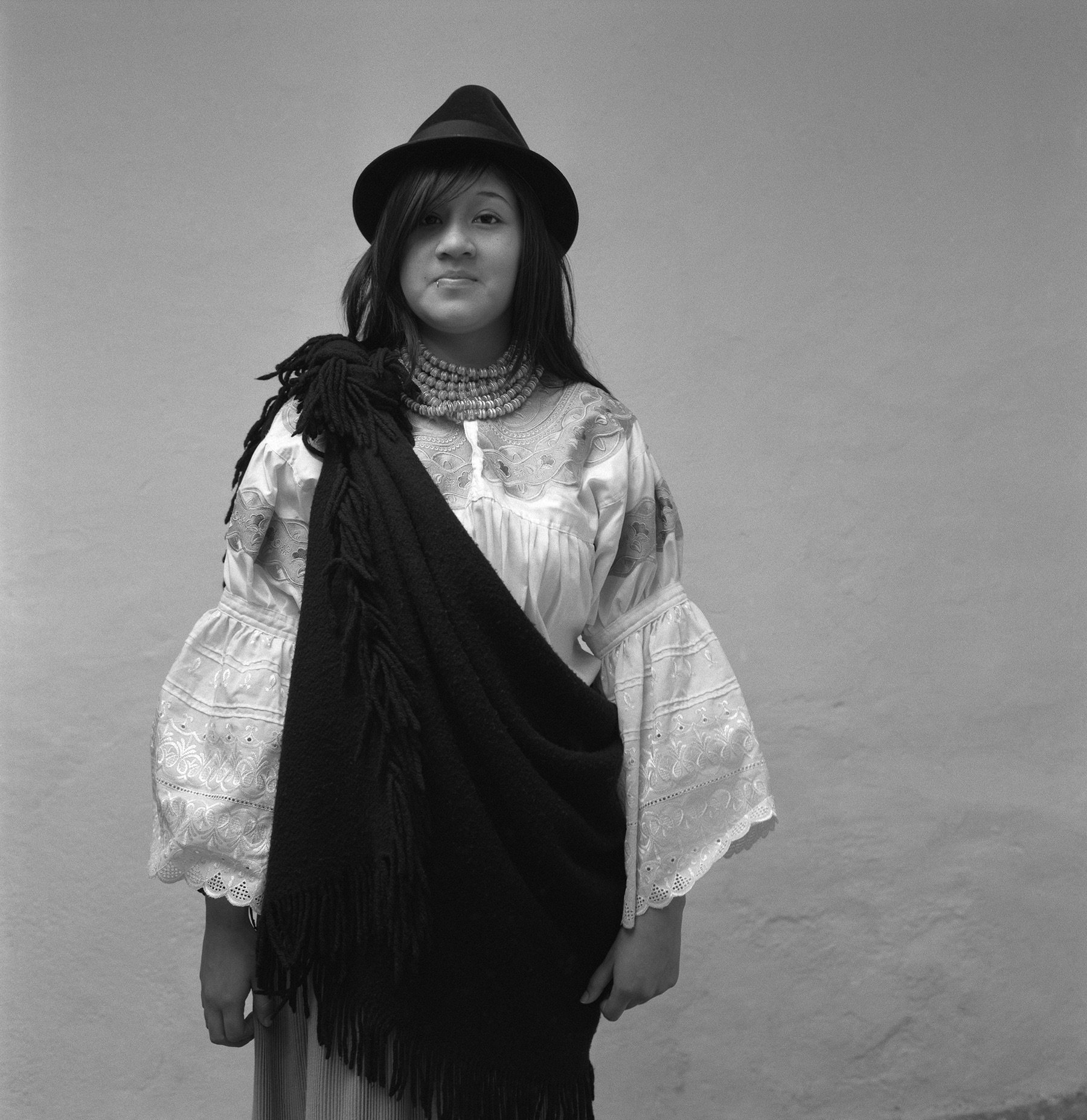Fotos Gratis I 2002 - 2011
The recent history of some Latin American countries like Peru or Ecuador where social and economic conditions have forced people to migrate, a situation that has altered identity and has disrupted families permanently influences my work in a central way. Because of my background in history, I am interested in documenting change in the social conditions experienced by those around me. I am interested in photography not only as a tool to register what is not going to be here in the future but also to provide a document of a transitional reality. Walter Benjamin defines an image as “what we know that will no longer have before us…this is what becomes an image.” In this sense, a recurring concern in my art practice is the temporal structure of the image.
The Fotos Gratis, 2004-2011, series in the adjoined portfolio include a series of portraits where the subjects were free to adopt any pose they wanted. Starting in 2002, every year in the month of June I have been going to the community of Zuleta. Zuleta is located in the northern province of Imbabura, Ecuador. It is a place in which I have strong personal connections, as I grew up sharing ties with the people in this community. Most of the individuals photographed are people I know since childhood. For this project, each year I install a photography studio adjacent to a plaza where the annual religious festivity in honour of Saint John takes place. I hang up a sign offering free portraits and the people who attend this celebration usually come to have their portrait taken. I photograph them and offer each person a copy of this photograph while making it clear that I will keep the negative as part of my photographic archive. Reciprocity is very important in my practice; I believe a photograph of someone else can only hold ethical validity if it is made through mutual consent.
Reciprocity happens to be also a vital part of the festivity as it is celebrated on June 24th, the day of the Summer Solstice, originally a pagan festivity that celebrates the cult of the sun. Because the Festivity of Saint John coincides with Solstice, it poses an interesting junction. Most of the people who annually participate in this festivity are people who have migrated from Ecuador to Spain but who, in the month of June, specifically return to take part in this celebration. My photographs seek to give a form of representation to cultural transformations. Through my work, I aim to expose the contemporary conditions of the transient. As Eduardo Cadava says, “Photography does not belong to history; it offers history.”
























































